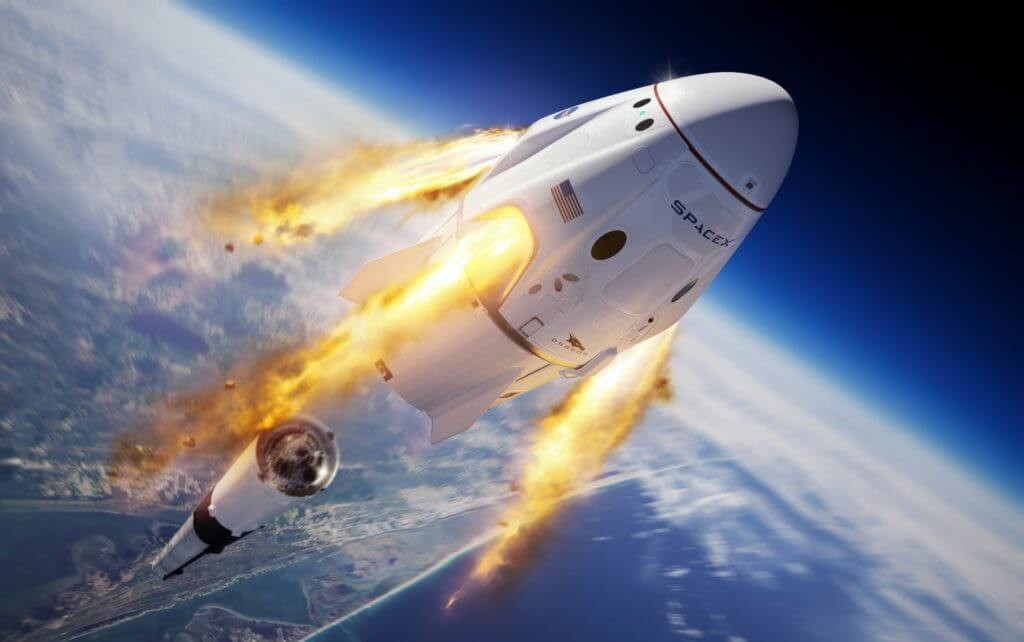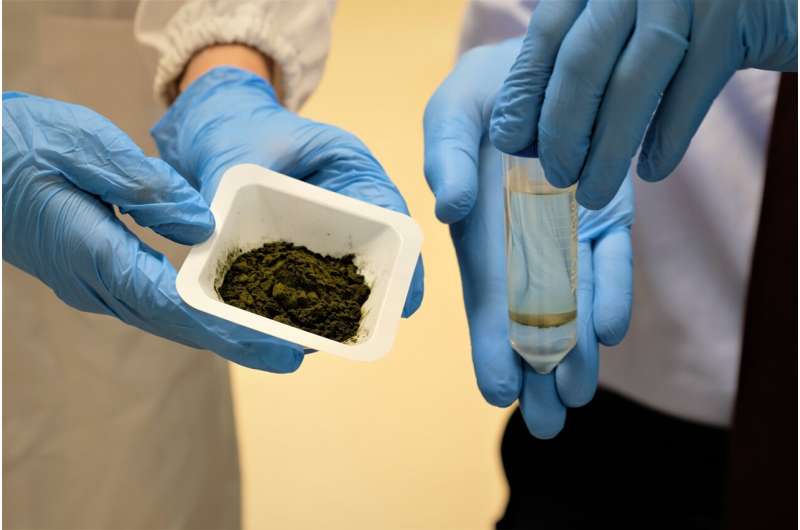The Space Industry is the consequence of historical moments of humanity that have led us to enjoy the advances, comforts and technologies that we have today. The problem is that we are not aware of the relevance that the race for the conquest of space has brought to our daily lives since the fifties; after two world wars and a period of cold war, human beings turned to think and create technology to solve the problems of the earth, but from a higher perspective.

Discovering that it was possible to go beyond the confines of the earth allowed us to dream of a better future for humanity, after living through periods of conflict it was worth trying to find a common cause that would allow global collaboration. The first step was achieved with the construction and launching into orbit of the International Space Station (ISS) in 1998 and permanently occupied by humans since 2000. The ISS became the most advanced scientific laboratory in the world thanks to the joint work of the American, Russian, Canadian, Japanese and European space agencies, from which many of the products and technologies that we use today on Earth have been developed.
At this moment the earth is surrounded by a large network of satellites that allow us to enjoy broadband, high definition television, navigation by geolocation, data that allow us to know in our smartphones weather reports, our heart rate, insulin levels and more; all derived from the research and advances of the space industry.
Laptop computers, indispensable in our work and personal lives emerged from the Grid Compass, nicknamed SPOC, was the first computer used in multiple space missions, which served to communicate within the shuttle and to launch satellites into low orbit. The air purifier arose from the need to clean the Space Station modules of ethylene, emitted by scientific attempts to grow plants and today, this technology is used to clean the air in hospitals, restaurants, airports and in refrigerators to delay the decomposition of perishable products.

Following the food line, NASA scientists invented a nutritious algae-based vegetable oil as a recycling agent for use during long space missions, today it is an additive used in most baby milk formulas. Which brings us to capturing those beautiful childhood moments with our cell phone cameras, thanks to the fact that in the 1990s the U.S. Space Agency through its Jet Propulsion Laboratory invented a lightweight, miniature imaging system that required little power to take high quality pictures from space.
We could go on listing an endless number of technological discoveries with which we live day by day and which are indispensable for the development of the world society, such as shock absorbers for buildings against earthquakes that come from the design of supports for space launch bases, solar cells, water filters, better tires thanks to the Goodyear Tire and Rubber Company inventing the material used in the parachute covers of NASA’s Viking Lander, wireless headphones, smoke detectors and much more; all thanks to the experimentation and development of the space industry.
Right now we are living through an epochal change where space is taking the leading role. The ecosystem is growing and business opportunities are open for all companies and industries on Earth, but this window of access will not remain open forever, so industries and organizations that begin to explore the benefits of this huge industry today, in ten years will have secured a ticket in the new interplanetary economy.

If you are thinking about how to find out the opportunities and benefits for your company or industry, Dereum Labs, a Mexican company with more than seven years of experience in the development of space robotics with wide national and international recognition within the ecosystem, has designed Space Business Strategy: a strategic consultancy that will take you safely to find your opportunities to take advantage of the benefits of space today, and prepare the ground for the future out of this world. Write to us at spaceisbusiness@dereum.mx
Source: NASA and USA Today
We recommend you: Just how big can a super-Earth get while staying ‘habitable’?

